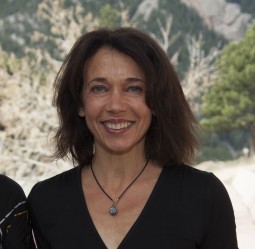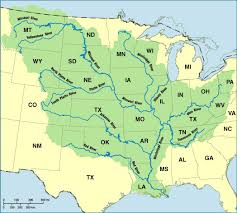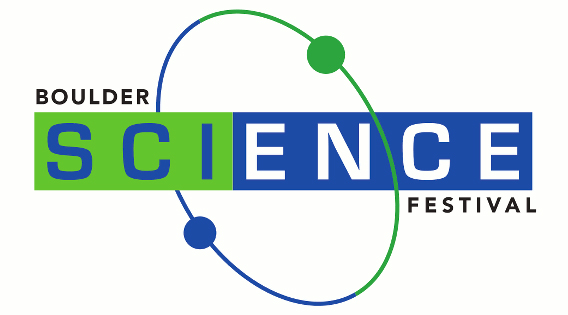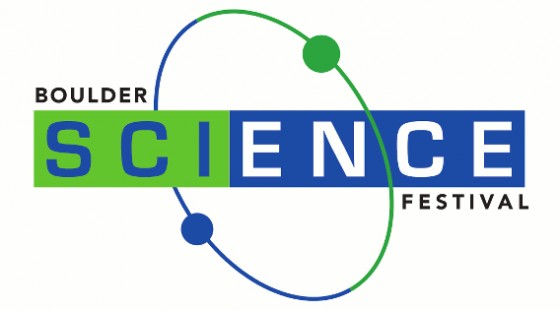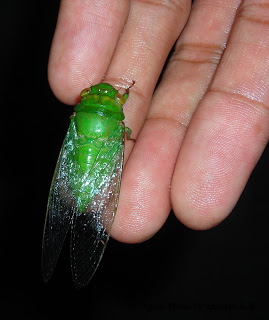Today’s show offers three features:
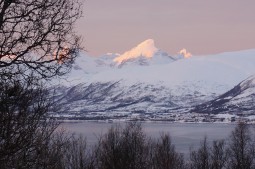
Photo courtesy Susan Moran
Arctic Dispatch: (start time: 1:02) Co-host Susan Moran returns from Tromso, Norway, with a dispatch from the Arctic Frontiers conference, which addressed the human health and environmental impacts of a rapidly thawing Arctic. Lars Otto Reierson, executive secretary of the Arctic Monitoring and Assessment Program within the Arctic Council, discusses the transport and impacts of contaminants on the Arctic food web and the indigenous people who depend on it. And Michael Tipton, a physiologist at the University of Portsmouth in the U.K., speaks about the risks of and physiological responses to extreme cold environments. Read Susan’s article in Popular Science for more about the thawing Arctic.
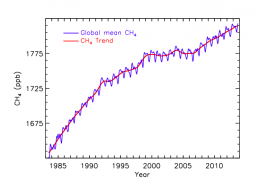
Atmospheric methane spikes: (start time: 9:39) Dr. Ed Dlugokencky, an atmospheric chemist with NOAA’s Earth Systems Research Laboratory, speaks with co-host Jim Pullen about a paper he co-authored in Science about a recent spike in atmospheric concentrations of methane, which is 30 times more effective than carbon dioxide as a greenhouse gas. The graph to the right shows globally averaged methane (blue) and its de-seasonalized trend (red) determined from NOAA’s global cooperative air sampling network. To learn more about KGNU’s coverage of fracking issues, visit our fracking blog!
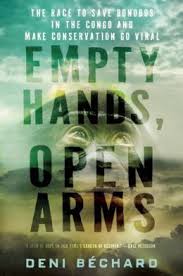 Bonobo Conservation Success: (start time: 16:11) Author Deni Bechard speaks with Susan Moran about his new book, Empty Hands, Open Arms: The Race to Save Bonobos in the Congo and Make Conservation Go Viral. The book highlights the success that a nonprofit is having in the Democratic Republic of the Congo in sparing the animals from extinction while economically benefiting local communities.
Bonobo Conservation Success: (start time: 16:11) Author Deni Bechard speaks with Susan Moran about his new book, Empty Hands, Open Arms: The Race to Save Bonobos in the Congo and Make Conservation Go Viral. The book highlights the success that a nonprofit is having in the Democratic Republic of the Congo in sparing the animals from extinction while economically benefiting local communities.
Hosts: Susan Moran, Jim Pullen
Producer: Susan Moran
Engineer: Jim Pullen
Executive Producer: Jim Pullen
Listen to the show:
Podcast: Play in new window | Download (Duration: 23:33 — 26.9MB)
Subscribe: RSS

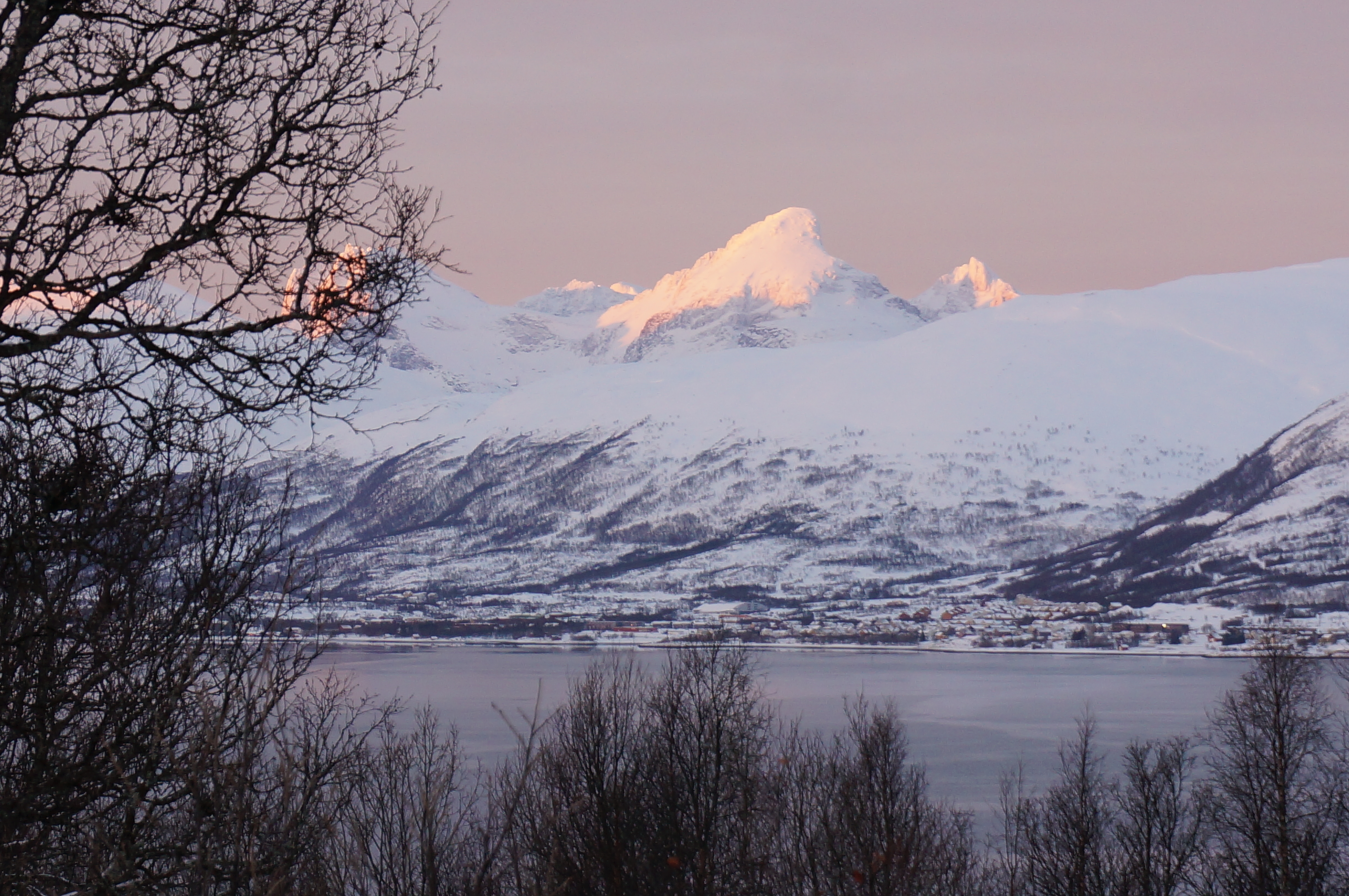




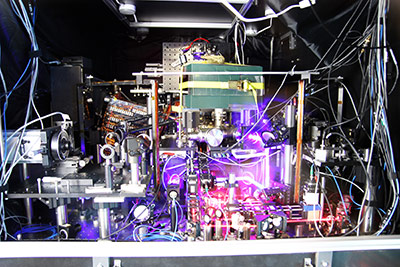 Strontium Clock (start time 14:10) We’ve got a full-house of physicists in the studio today to help us understand the new
Strontium Clock (start time 14:10) We’ve got a full-house of physicists in the studio today to help us understand the new 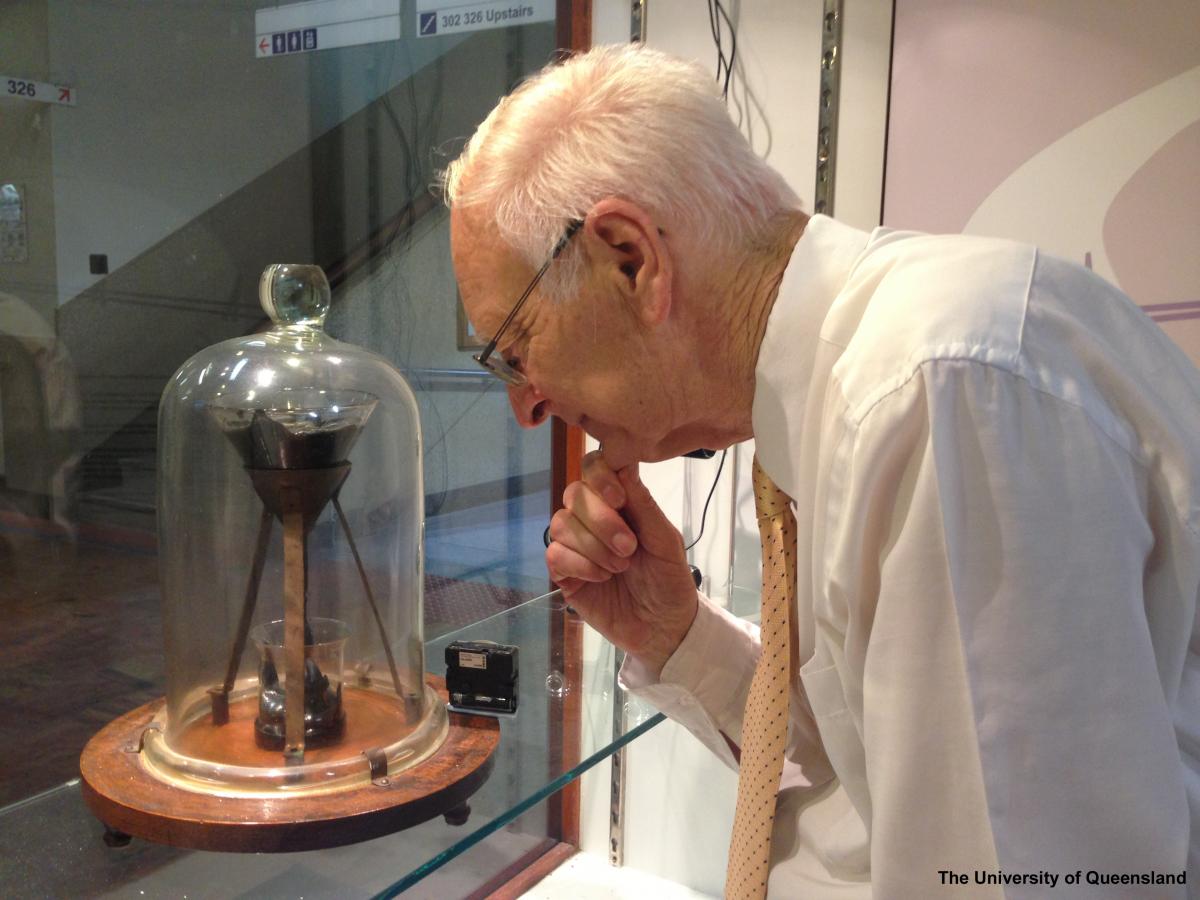
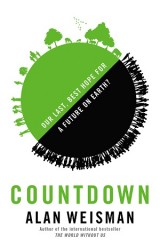 Biology and Health (start time 00:56). This year marked the passing of long-time Boulder resident, Al Bartlett. Bartlett was one of the world’s most eloquent voices calling for population control. He will be missed. One of the champions picking up the torch is New York Times bestselling author, Alan Weisman. Weisman offers exciting solutions to population growth in Countdown: Our Last, Best Hope for a Future on Earth.
Biology and Health (start time 00:56). This year marked the passing of long-time Boulder resident, Al Bartlett. Bartlett was one of the world’s most eloquent voices calling for population control. He will be missed. One of the champions picking up the torch is New York Times bestselling author, Alan Weisman. Weisman offers exciting solutions to population growth in Countdown: Our Last, Best Hope for a Future on Earth.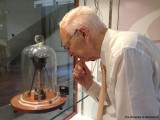
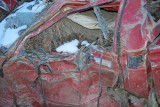

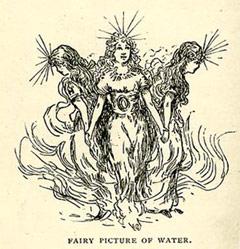
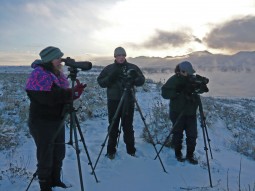 Christmas Bird Count (start time: 12:51) It’s the time of year when humans are flying hither and yon to gather with family for Christmas. Others are heading somewhere south for vacation to escape the winter chill. Many birds are on the move as well, heading south to overwinter. Others are sticking around. These human and avian patterns are converging with the annual Audubon Society’s
Christmas Bird Count (start time: 12:51) It’s the time of year when humans are flying hither and yon to gather with family for Christmas. Others are heading somewhere south for vacation to escape the winter chill. Many birds are on the move as well, heading south to overwinter. Others are sticking around. These human and avian patterns are converging with the annual Audubon Society’s 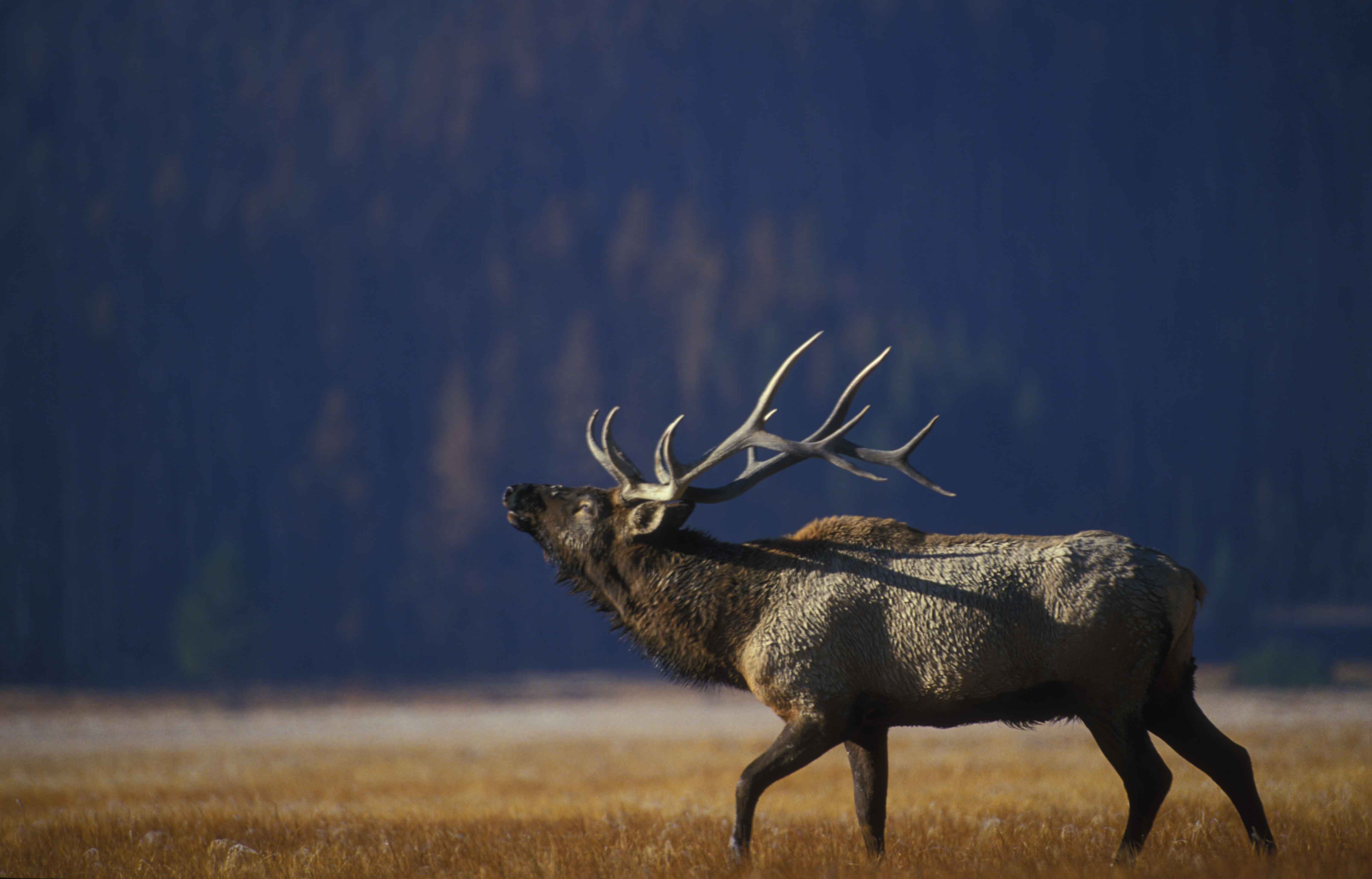
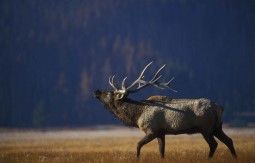 Big Game and Climate Change (start time 5:00) Last week, the National Resource Council released some serious warnings about
Big Game and Climate Change (start time 5:00) Last week, the National Resource Council released some serious warnings about 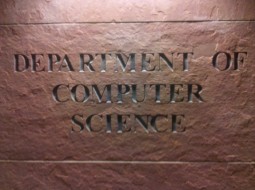 Hour of Code (start time 12:30) Coding is not just a magic trick where ones and zeros make
Hour of Code (start time 12:30) Coding is not just a magic trick where ones and zeros make 
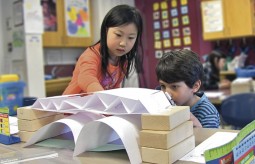 Feature #1: (start time 5:53) STEM, as you may well know, stands for
Feature #1: (start time 5:53) STEM, as you may well know, stands for 

 Feature 1: (start time: 03:45) Our first guest is Boulder beekeeper Tom Theobald. He talks about the current state of the bee crisis and what, if anything, the EPA is doing to address concerns that systemic pesticides like Clothianidan are properly controlled.
Feature 1: (start time: 03:45) Our first guest is Boulder beekeeper Tom Theobald. He talks about the current state of the bee crisis and what, if anything, the EPA is doing to address concerns that systemic pesticides like Clothianidan are properly controlled.